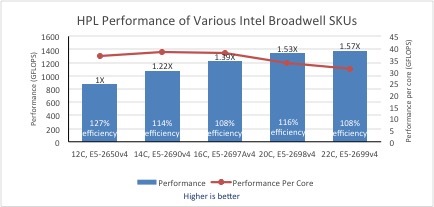
Figure1: HPL performance characterization
Over at the Dell HPC Community Blog, Ashish Kumar Singh, Mayura Deshmukh and Neha Kashyap discuss the performance characterization of Intel Broadwell processors with High Performance LINPACK (HPL) and STREAM benchmarks.
In this study, performance was measured across five different Broadwell processor models listed in Table2 along with 2400 MT/s DDR4 memory. This study focuses on HPL and STREAM performance for different BIOS profiles across all five Broadwell processor models and compares the results to previous generations of Intel Xeon processors. The platform we used is a PowerEdge R730, which is a 2U dual socket rack server with two processors. Each socket has four memory channels and can support up to 3 DIMMs per channel (DPC). For our study, we used 2 DPC for a total of 16 DDR4 DIMMs in the server.
Broadwell (BDW) is a tick in Intel’s tick-tock principle as the next step in semiconductor fabrication. It is a 14nm processor with the same microarchitecture as the Haswell-based (HSW, Xeon E5-2600 v3 series) processors with the same TDP range. Broadwell E5-2600 v4 series processors support up to 22 cores per socket with up to 55MB of LLC, which is 22% more cores and LLC than Haswell. Broadwell supports DDR4 memory with max memory speed of up to 2400 MT/s, 12.5% higher than the 2133 MT/s that is supported with Haswell.
For HPC, Intel Broadwell supports Intel® Advanced Vector Extensions 2 (Intel AVX2) vector technology, which allows a processor core to execute 16 FLOPs per cycle.
“The performance of all Broadwell processor used for this study is higher for both HPL and STREAM benchmarks. There is ~12% increase in measured memory bandwidth for Broadwell processors compared to Haswell processors. Broadwell processors measure better power efficiencies than the Haswell processors. In conclusion, Broadwell processors may fulfill the demands of more compute power for HPC applications.”



